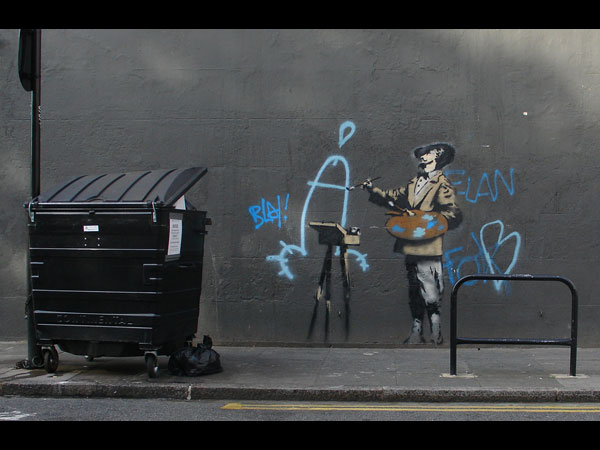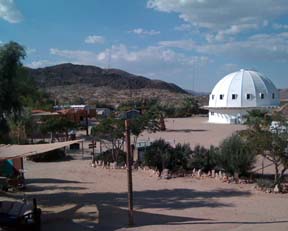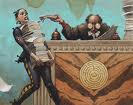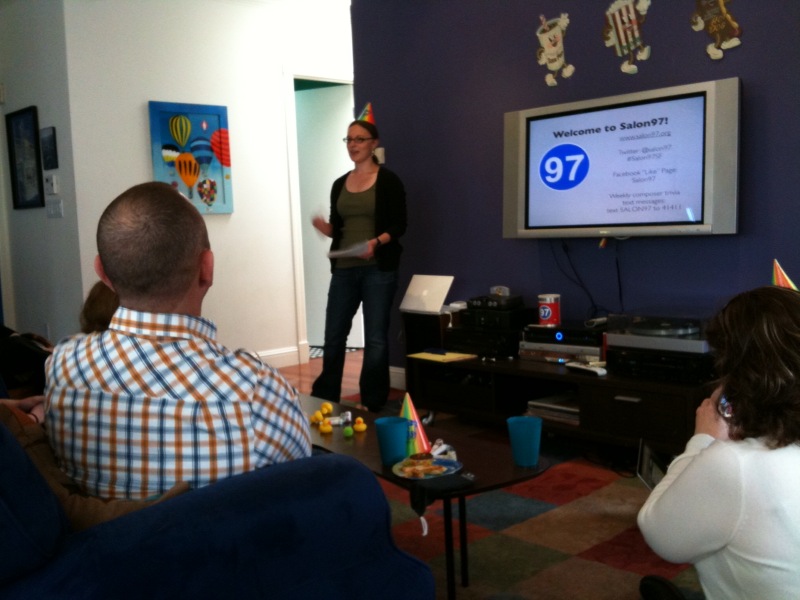 One of the issues I’ve encountered as I produce and host a new weekly public radio series all about the art of singing, VoiceBox, is the confusion surrounding the term ‘podcast’. To most listeners, it seems, a podcast version of VoiceBox means making the entire show available for download for free, 24-7 via iTunes.
One of the issues I’ve encountered as I produce and host a new weekly public radio series all about the art of singing, VoiceBox, is the confusion surrounding the term ‘podcast’. To most listeners, it seems, a podcast version of VoiceBox means making the entire show available for download for free, 24-7 via iTunes.
But like most public radio shows operating under limited public radio music usability right agreements, allowing the content of a full hour-long show to be available in its entirety on demand is not legally possible.
Different programs get around the issue in assorted ways. The Thistle and Shamrock’s “Thistlecast” podcast, for example, plays snippets of content from the upcoming show to whet listeners’ appetites. The VoiceBox podcast is a completely different beast: created in collaboration with two San Francisco State University students, the “VoiceBox: The B Sides” podcasts feature chat and music clips that take an “underground” view of the radio show topic. The idea is to give the theme of the week a slightly different spin and reach out to a younger audience.
Many listeners have been confused about this though. They think they’re getting the radio show that I produce when they click on the podcast link. The muddle is only exacerbated by the fact that the KALW website now allows the radio show to be streamed on demand for an entire week after its original airdate which means that people can in fact listen to the original radio content even if only for a few days in addition to downloading the podcast.
The issue points to the complex relationship between traditional radio and digital formats. Terms like “webstream”, “on demand” and “downloadable” are all so samey. Yet they mean distinct things. Education seems to be the best way to get people to understand the difference. This is going to take some time, however.

 I wonder if there might be an inverse correlation between places of outstanding natural beauty and bad visual art?
I wonder if there might be an inverse correlation between places of outstanding natural beauty and bad visual art? Ben Davis’ incisive slide-illustrated meditation on the state of street art in
Ben Davis’ incisive slide-illustrated meditation on the state of street art in  It never ceases to amaze me that people who know that I make my living as a journalist share interesting bits of news with me and then are taken aback by the idea that I might like to make the information public.
It never ceases to amaze me that people who know that I make my living as a journalist share interesting bits of news with me and then are taken aback by the idea that I might like to make the information public. It struck me the other day as I was flying back to San Francisco from Los Angeles that there’s an art to producing a great airline safety video. I think
It struck me the other day as I was flying back to San Francisco from Los Angeles that there’s an art to producing a great airline safety video. I think  The
The  There’s a whole branch of neuroscience dedicated to exploring the healing properties of sound. Music therapy comes in many forms. One of the most fundamental takes the form of simply lying back and letting sound vibrations course through your body for a while.
There’s a whole branch of neuroscience dedicated to exploring the healing properties of sound. Music therapy comes in many forms. One of the most fundamental takes the form of simply lying back and letting sound vibrations course through your body for a while. Some irritating news from the
Some irritating news from the  There’s perhaps only one thing about the entertainment world that I dislike more than child actors, and that’s adult actors pretending to be children on stage and screen.
There’s perhaps only one thing about the entertainment world that I dislike more than child actors, and that’s adult actors pretending to be children on stage and screen.
 Of all the cultural activities that make the Bay Area stand out as unique, the
Of all the cultural activities that make the Bay Area stand out as unique, the  Here’s an update on what’s happening with regards to the
Here’s an update on what’s happening with regards to the